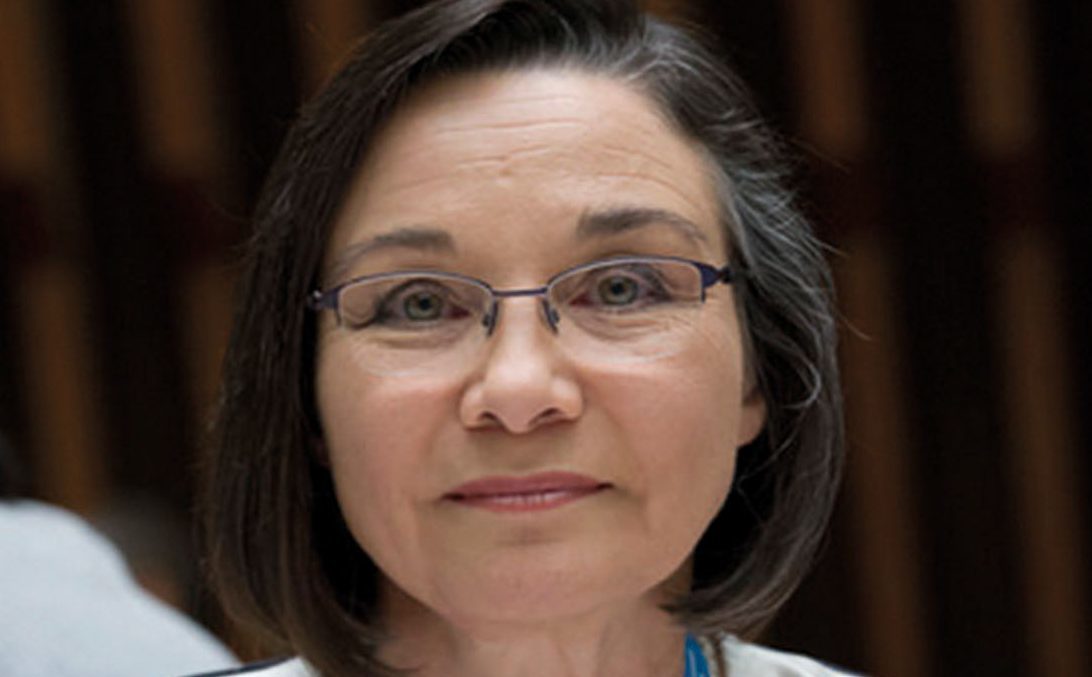
LAST week it was revealed that nearly two-thirds of people feel a dementia diagnosis would mean their life was over.
Kate Swaffer was more or less told just that when she was diagnosed eight years ago.
The Australian mum-of-two was advised by medics to give up her job, put an end to her studies, get her affairs in order and enjoy the time she had left.
Kate couldn’t think of anything worse. Instead, the 57-year-old has become a prominent dementia campaigner who believes her symptoms should be treated as disabilities that can be dealt with.
She’s now an activist, an academic, an international speaker, a published author and a PhD student – not bad for someone who was given such a grim appraisal.
Kate will visit Edinburgh next month to speak at a Global Dementia Conference hosted by Alzheimer Scotland.
She said: “I considered what support I would have been offered had I been diagnosed with a stroke rather than dementia and realised there could be life after dementia so long as I treated the symptoms as disabilities to be supported.”
Kate, who was a regional manager in health care when she was diagnosed, says family, friends and dementia care professionals can positively support people post diagnosis on how to live beyond dementia. She has a blog that’s read by thousands every day and also wrote a book earlier this year, which she called What Happened to My Brain?: Living Beyond Dementia.
Kate initially thought the symptoms she was experiencing – acquired dyslexia and short and long-term memory loss – were side-effects from brain surgery.
So she was shocked to be told she had semantic dementia, a very rare type of frontotemporal dementia. In layman’s terms, it’s a progressive disorder affecting the part of the brain that controls behaviour, language skills and movement.
“Early symptoms include difficulty finding the correct word, no longer understanding what the word means and difficulties recognising objects,” she said.
Kate’s husband Peter Watt and their sons, Matthew, 26, and Charles, 25, have been by her side throughout.
Despite her accomplishments, Kate still encounters a stigma.
“I feel those of us willing to speak publicly are often only used in marketing campaigns but not included fully.
“Scotland, I believe, has led the world as far as fuller inclusion.”
Alzheimer Scotland’s flagship annual conference takes place at the EICC on June 3, attracting 600 delegates from around the world.
READ MORE
Facing Dementia Together: Lovingly crafted scrapbook helps stimulate conversation

Enjoy the convenience of having The Sunday Post delivered as a digital ePaper straight to your smartphone, tablet or computer.
Subscribe for only £5.49 a month and enjoy all the benefits of the printed paper as a digital replica.
Subscribe